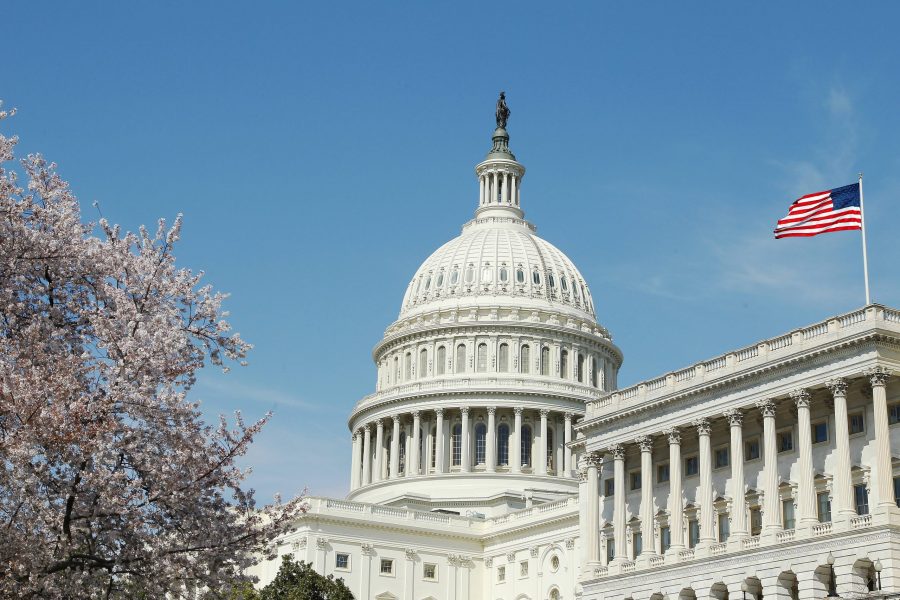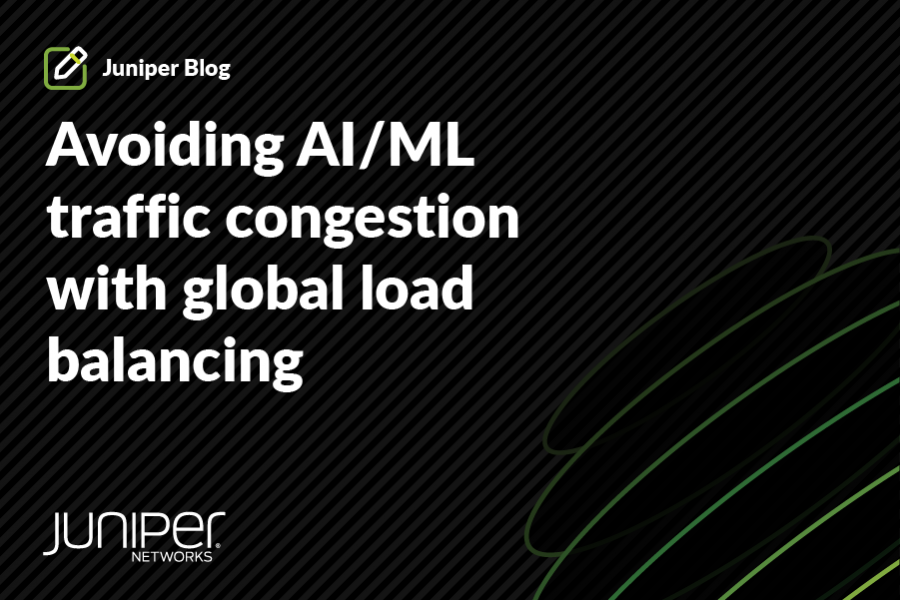With the arrival of the General Services Administration’s (GSA) Enterprise Infrastructure Solutions (EIS) contract, the federal government is on the precipice of a new era of digital transformation.
EIS is a fifteen-year telecommunications and network modernization contract valued at $50 billion. It will require federal agencies to shift away from the incumbent Networx contracts and local services agreements (LSAs), catapulting a large swath of the government’s IT systems – spanning from switching to routing to software-defined wide area network (SD-WAN) optimization – into the 21st century.
And yet, agencies have been slow to release task orders through EIS. In fact, only 11 out of 222 task orders have been awarded and a recent GSA report shows that 58 percent of agencies will not fully transition to the new contract by the deadline of September 30, 2022.
While some federal agencies may have extended contracts, GSA is now freezing future growth under incumbent contracts, which will ultimately require agencies to move forward with migrating to EIS. However, it is critical that federal agencies avoid common contracting pitfalls in this process, which includes issuing task orders prematurely simply to meet GSA deadlines as well as transitioning to EIS to take advantage of better price points without also prioritizing network transformation. Instead, we recommend the following to achieve a robust and successful migration:
Harness the modifications of EIS:
As the federal government begins to integrate new solutions through the EIS contract, federal agencies can reap the benefits of its usability. One of the greatest differences between the Networx contract and EIS is the number of contractors who can win task orders. While the Networx only awarded contracts to three service providers, EIS gives government agencies significantly more choice by providing contracts to upwards of 10 service providers. This aims to bolster a more diverse pool of companies pursuing these contracts.
In addition to creating a more diverse and equitable playing field among contractors, EIS also aims to spark more competition in the contracting community. This will ultimately enable federal agencies to reach a lower negotiated price point for task orders, which leads to cost reductions on network connectivity. However, migrating to EIS doesn’t mean that an agency’s network transformation is complete. Federal agencies should use cost savings from EIS migrations to accelerate their modernization efforts in other areas. This includes investing in tools such as software-defined wide area networks (SD-WAN) and virtualization, which can provide federal agencies with greater end-to-end network management capabilities and ultimately allow IT teams to gain full visibility of their networks.
Optimized network capabilities are vital as many federal employees will continue to work remotely due to the coronavirus pandemic. Greater cost savings will also entice agencies to move away from outdated, legacy network systems, such as time-division multiplexing (TDM), which face discontinuation of support. As more federal agencies shift away from legacy contracts, they can truly leverage EIS to optimize their network and infrastructure capabilities in addition to reducing their spend on outdated systems.
Leverage EIS to promote competition and innovation
Prior to the EIS contract, Networx only gave federal agencies the option to award contracts to three vendors. However, GSA notably increased the number of contracts it will award federal agencies under EIS, sparking greater competition, innovation and cost savings. Given that federal agencies will have a greater pool of vendors to work with, each individual vendor will increasingly have to offer competitive price points and innovative technologies to successfully win task orders.
Federal agencies should leverage this updated incentive structure to maximize innovation by capitalizing on industry’s latest products and services. The expanded IT vendor field under EIS should not only benefit the federal government from a price point and compliance standpoint, but also drive industry innovation and ingenuity forward.
Of course, with the effects of COVID-19 causing strains on government resources, federal agencies should take the necessary steps to transition to EIS, which serves as a critical stepping stone in the government’s digital transformation. And while history suggests that contract deadlines might act more as guiding dates rather than hard stops, GSA does have the ability to penalize agencies who fail to modernize. In a recent blog, Bill Zielinski, Assistant Commissioner, Office of Information Technology Category (ITC), GSA, wrote: “GSA is taking steps to curtail the growth of services on the extended contracts by freezing modifications and limiting use. These actions will minimize the impact of GSA having to maintain dual operations.”
While it is important to stay on schedule, we may see more federal agencies make rash decisions when releasing a task order simply to meet the deadlines in place. We caution against issuing task orders prematurely which can require multiple revisions, questions from industry and ultimately, delays. Federal agencies should make valiant strides to meet the deadlines in place, but a successful migration to EIS requires a thoughtful strategy.
Network security and efficiency are becoming increasingly contingent on adopting cloud capabilities and in these uncertain times, federal agencies will need to shift away from legacy networks and accept a 24/7 standard for network liveness. To achieve this, it is imperative that government agencies migrate their telecommunication and network infrastructure to EIS contracts. While some federal agencies have already offered task orders under EIS, a halfhearted approach to network modernization is simply not enough. EIS has the potential to usher in a new era of digital modernization for the federal government, and agencies must strike a more proactive approach if they hope to make this future a reality.


